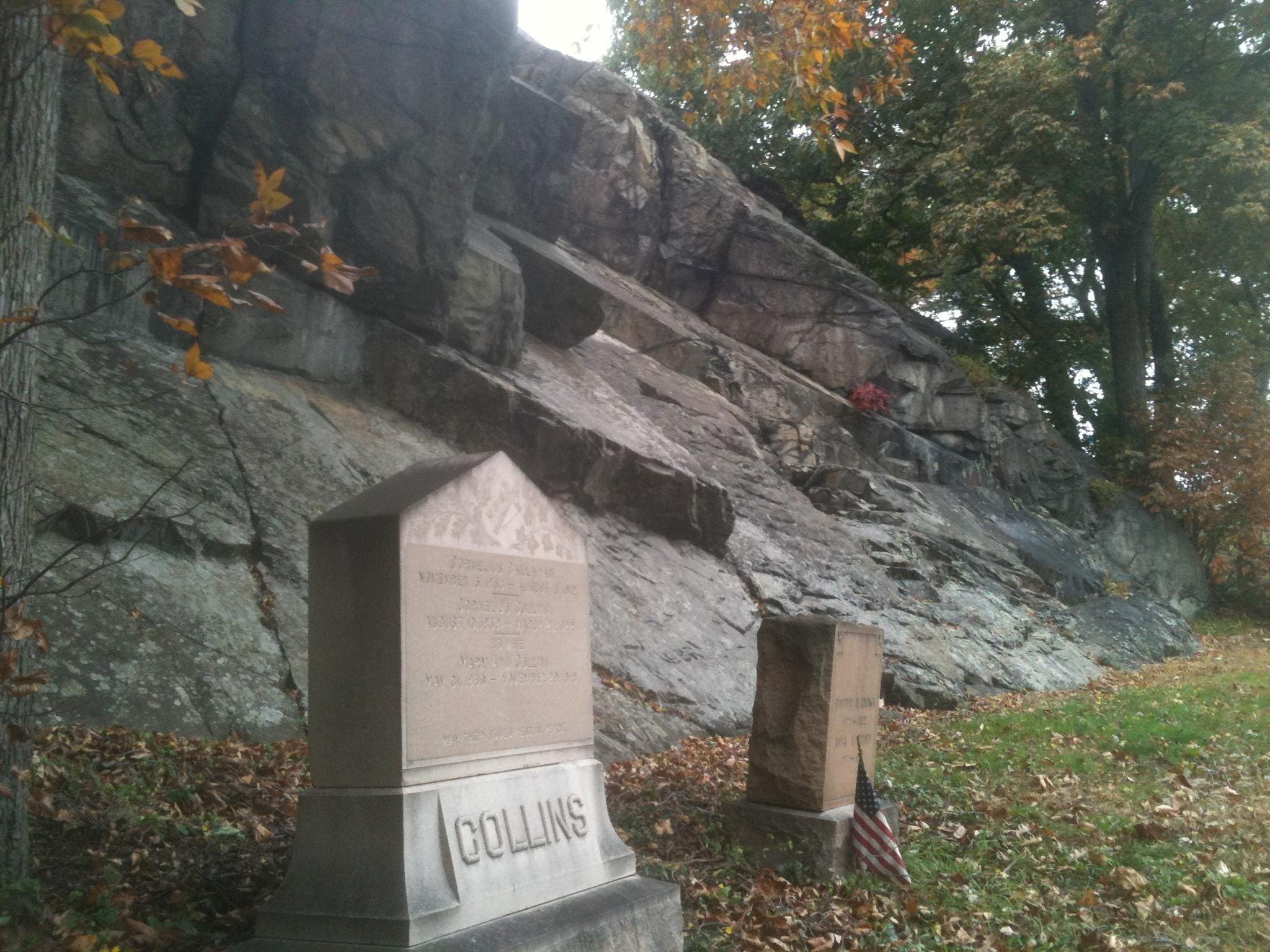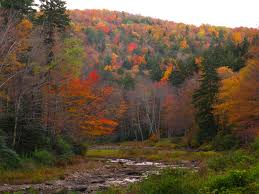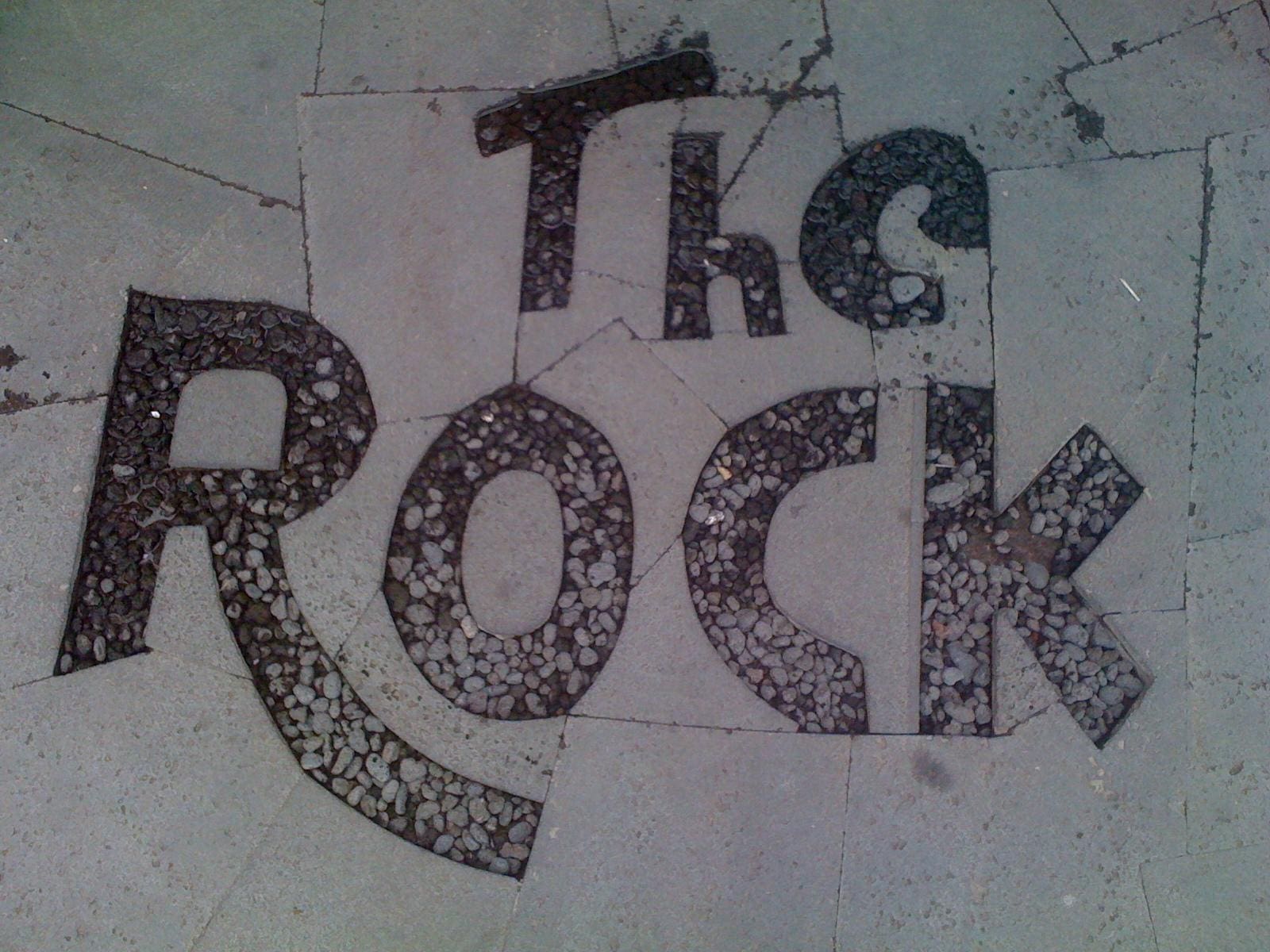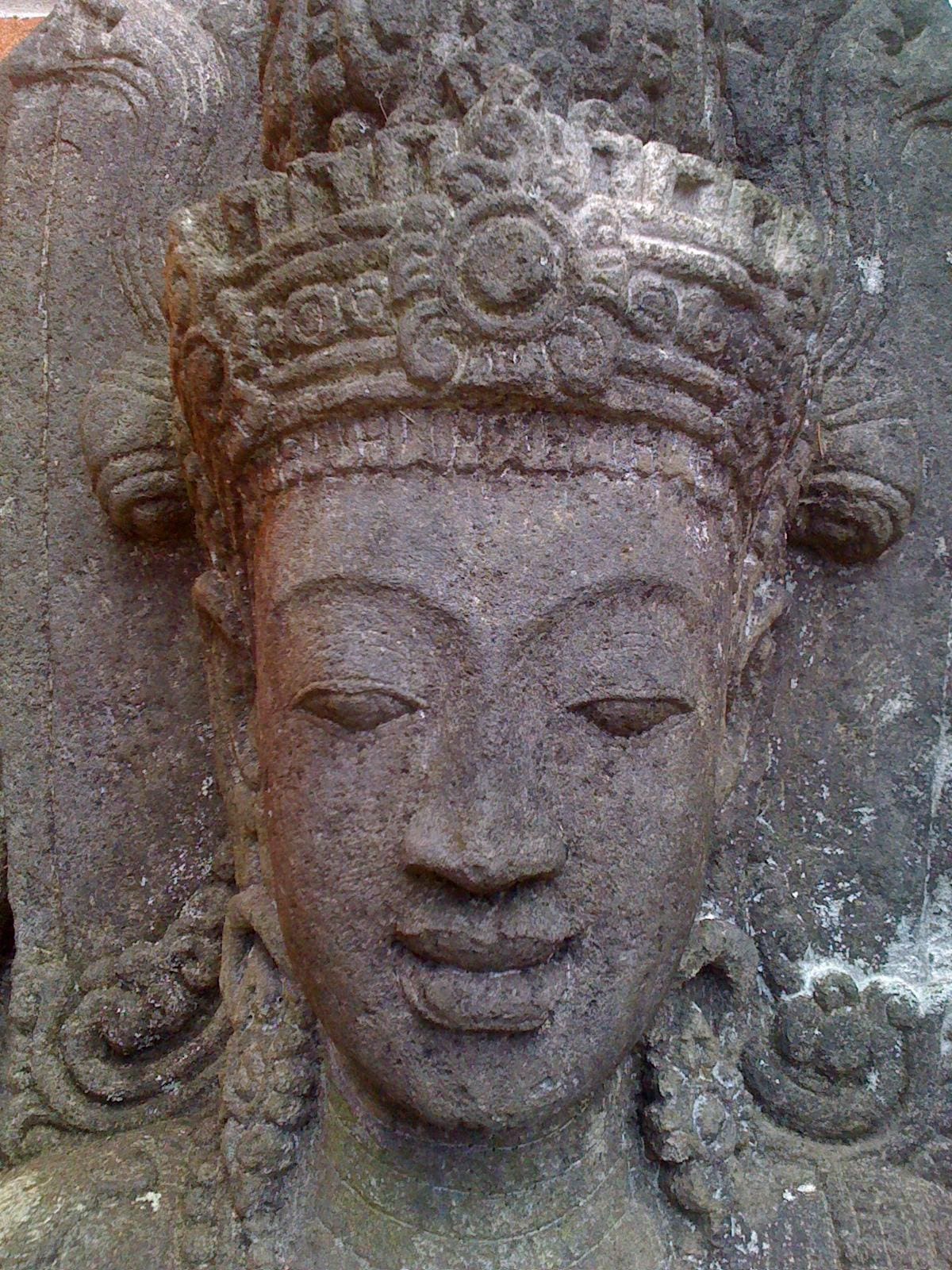

If that’s acceptable, and Christians have adopted the pre-Christian tradition of creating a shrine with a pine at Christmas, then why shouldn’t there be an annual “turn-over” time for “The Stones,” or Rock? I’m not talking about bringing a cairn indoors (though I do take one specific New Hampshire smoky onto my porch at this point in the year). The idea is not necessarily to create a ritual or celebration for the occasion (though both are certainly in order!). What I’m talking about is sensing and acknowledging a particular time of the year for its unique, transformative quality, and pairing that time period with the bedrock and craggy backdrop of our lives. Rock is beneath our feet, all around us in the hills, and above us in the highest mountain peaks.


Not to be spooky, but this recently snapped image of tombstones reminds me of how they’re employed to signify the eternal memory of a gone soul, and yet the grander context – the eternal cliff behind them – bears testament to why we even choose grave stones to be remembered by…they’ll always be around (photo by Kyle Russell).
I’m proposing that this begins within days of October 20th. Maybe that’s on account of my living in a place – New England – that’s truly witness to the 4 seasons. The harvest time is pretty much done, and Halloween (or All Souls Day) is nearly upon us. The Pagans previously (and still) – as well as the Christians (in a secular capacity) mark a time when “the veil? is thin between the worlds, and spirits are to be pacified with treats (or offerings), lest they turn on (or trick) us. Hence: the festival of “trick or treat.” Rock (yes, down to those small pebbles we trod on outdoors) predates every human imagination by innumerable eons. How can we pretend to be more important than them?


This vocanic plain in Galapagos symbolizes the original rock face of the planet, and being relatively “young” geologically, it shows – as do everything from earthquakes to tsunamis – that the earth is still in geological flux (photo by Kyle Russell).
I don’t mean to anthropomorphize – as if the hills had eyes – but I’m simply trying to attempt to identify the strata of rock as a whole to be a witness, an entity considerable in and of itself, as materially AND spiritually significant. If time were a test of meaning, value and significance, surely our paltry spot on the historical time line would sideline us as being irrelevant, except, perhaps, for our unusual capacity (as a species) to bring the planet to its untimely (and undeserved) demise. I realize the human race has MANY other redeeming qualities, which make it’s relative newness to the scene pale by comparison with the wonders the human race is capable of. Our capacity for love, thought, language, and compassion are paramount. But that’s not my focus here.
As you can see from the title of this posting, I ask the question: Why Rock? And the name of this Blog? It’s Crystal Concentric. It’s a long story, but I’ve become a bit of a rock hound, and more than that, have been exposed to the notion (eegads!) of “Crystal Healing.” Which means, for the purpose of this particular “chapter” of my expression, that I take rock more seriously than merely as something to walk over. More to come on the “Why Rock?” but now for some more on “Why Now?” The latter is timely (necessarily), the former is timeless. If time is the current moment, every other moment – past and future – partakes of the timeless. As in the case with the ground itself (which is a blending of organic – dead, previously living matter – and the inorganic worlds), the first frost is “felt” deeply everywhere the Mercury dips down towards freezing. It’s a logical, scientifically measurable happenstance. Earth and stone get colder when the sun shines less on them. They feel different, even to our touch.


Plant growth is halted by the oncoming season – the leaves turn read – only the rock face stays constant (photo by Kyle Russell).
The longest day has passed and daylight is waning. No longer is stone a repository of the Sun’s heat (even during the day). It’s every mammal for itself – reptiles and fish will go dormant – many birds fly South. The leaves fall, and most plants will withdraw energetically into themselves. The stone – which remains (as it always has) – is the enduring foundation of the world. Through all the seasons, though it’s eroding gradually, it remains a constant nonetheless. From a macro perspective, the world itself is an orbiting rock, a great big stone with a molten core, rotating around an even bigger, all-molten fireball of elements. Yet our planet is blue from afar, holding water on its surface. The water is shared in a give and take with the atmosphere. Life is safe (or in any case IS) here. As far as we know (scientifically), this is the only spot in the cosmos capable of hosting Life. That would make this great big rock we live on (and all its component pieces) a kind of significant phenomenon, well worthy of note.
I heard an interview on NPR with the author (Leslie Marmon) of The Turquoise Ledge, and she mentioned the possibility that extraterrestrial life might have evolved differently elsewhere, choosing to lodge itself in mineral form instead of organically (to thus be more hearty over time and distances), but we wouldn’t think to look there (in stones) for signs of intelligence). Yet don’t we keep time with the steady vibration of quartz? And aren’t all computer components made up of earthly extracts? Truly, the chance of there being extraterrestrial life is much higher than the likelihood of there NOT being extraterrestrial life (given the number of suns, planets, and galaxies out there). But the power of stones does not rely on the possibility of there being extraterrestrial, or perhaps even terrestrial intelligence lodged inside them. Nor does it rely on the perception of G*d (however defined) – or any holy books – to ascribe value or meaning to it. We hold THESE truths to be self-evident.
If G*d created us in “his,” “her,” or “it’s image,” then surely stone has got to be a primary key to that reflection. The mere fact of the earth’s rocky crust being the foundation of everything we see and know, even as we gaze out towards the heavens, is intrinsically meaningful (and I would argue: valuable + spiritually salient). The food we eat is organic, to be sure, but chock full of vitamins and minerals, which are technically non-living elements. All that is can be broken down to these elements – excepting spirit, our sense of meaning, G*d – and the energies that move the atoms within and betwixt one another. Where do we draw the line between the fixed and the moving – the Creator and the created – the animate and the inanimate? Why is a galloping horse alive and the wind is not? That is not really a question for this (semi-) treatise, but it’s a valid one nonetheless, and one worth at least posing here (although just in passing). Let us come back to “civilization” for a moment. Where does oil come from, all plastics, precious metals, gems and jewelry…things that make the world economy go round and round (and surround our artificial lives in nearly every way)? The earth, that’s where they come from.


What is the Lost City of the Inka if not a montage of painstakingly carved and laid stones (photo by Kyle Russell).
And what is the hardest, most solid, most eternal concretization of the earth’s image (or identity)? It’s stone. Coming back again to society, where do we live? Figments of our imagination: architectural concepts are realized with iron beams, poured concrete particulates, hewn cliffs and quarries made habitable. The greatest skyscrapers and cathedrals are made of what? What is the remaining vestige, for all to see, of the great pyramids, the Maya, even the Temple of Solomon…all are stone, all are rock. So without getting into any additional spiritual conversation or overlays – discussing the potential personal utility of “power stones” to effect any kind of “change” in our lives – let us end this first communication by resting our case: that rock is worthy of a second look, not to be taken for granted, and certainly not to be trifled with.










